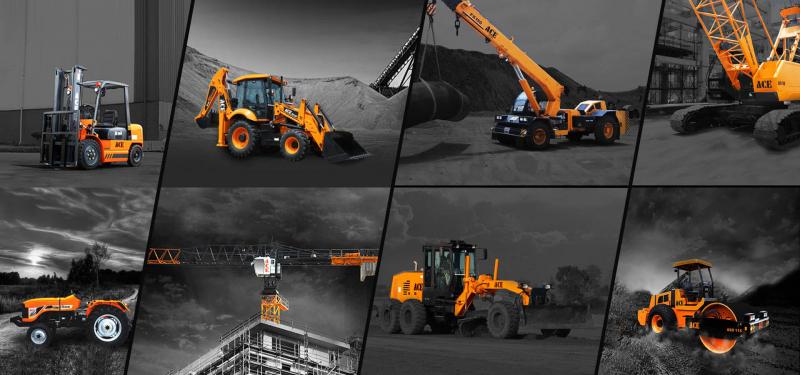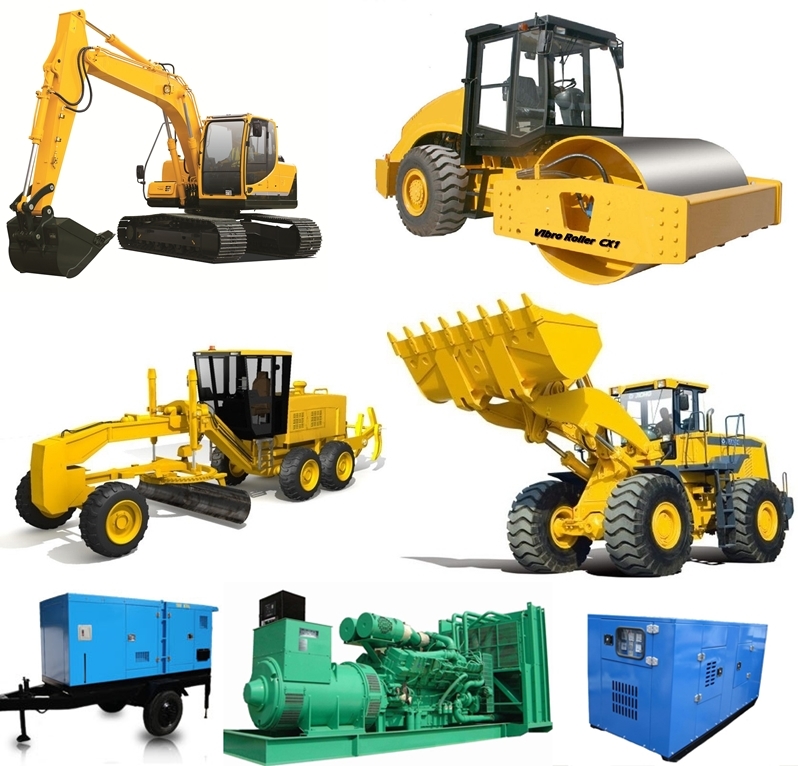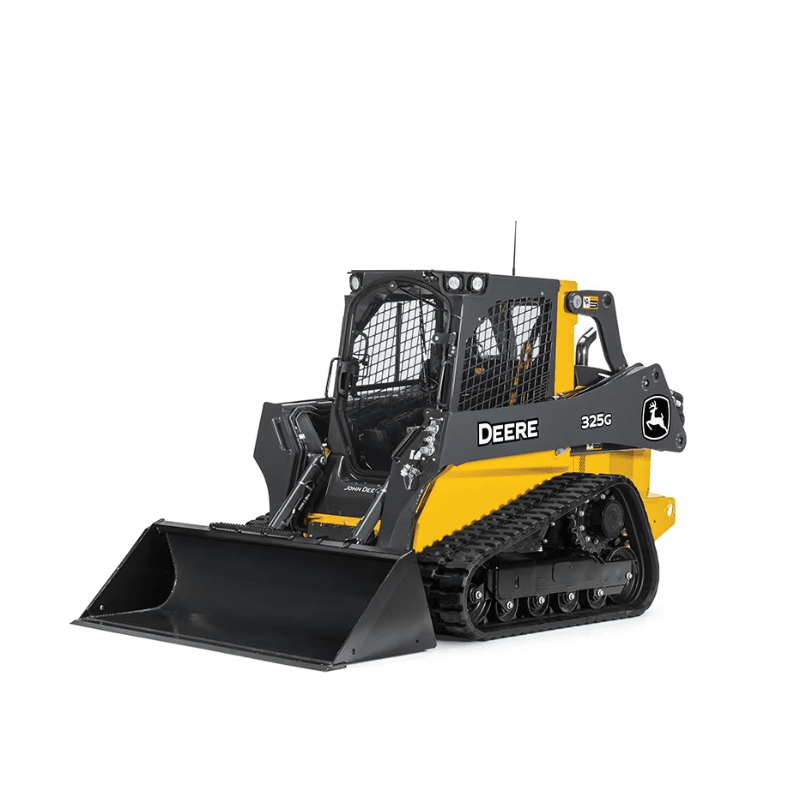Dozer Rental: Powerful Earthmoving Equipment for Your Construction Needs
Dozer Rental: Powerful Earthmoving Equipment for Your Construction Needs
Blog Article
Maximize Your Spending Plan by Understanding the Prices Connected With Building Devices Rentals
Recognizing the full extent of costs connected with construction devices services is important for optimizing your budget. What strategies can be employed to successfully handle these costs and guarantee an extra efficient rental experience?
Overview of Rental Expenses
When considering building and construction equipment services, recognizing the linked costs is critical for efficient budgeting and task preparation. Rental costs can differ considerably based upon several elements, including tools kind, period of leasing, and area. The preliminary rental charge usually mirrors the devices's market demand and its connected operational abilities, affecting the general cost.
Along with the base rental price, ancillary expenses might develop, such as transport fees, gas surcharges, and upkeep costs. It is necessary to account for these extra expenditures to properly analyze the overall cost of leasing devices. The rental period can affect prices; longer services may certify for affordable prices, while short-term rentals could incur higher day-to-day costs.

Breakdown of Rental Rates
An extensive understanding of rental prices is necessary for contractors and job supervisors aiming to maximize their spending plans. Rental prices for construction tools generally include a number of elements, consisting of base rates, time-based costs, and use costs.
Base rates are the core costs related to the leasing of the equipment, typically determined by the type and dimension of the machinery. These prices can differ significantly, influenced by aspects such as equipment demand, availability, and regional market fads. Time-based costs, which may be daily, weekly, or monthly, offer to accommodate various task timelines and rental durations.
Additionally, rental rates might consist of usage costs, which apply when equipment is used past a specified limit, ensuring that the rental company can account for deterioration. Seasonal demand fluctuations can additionally influence rental prices, with peak building and construction periods normally commanding greater prices.
Furthermore, comprehending the rental firm's plans concerning upkeep and insurance policy can provide more understanding into the overall expense structure. By analyzing these parts, contractors can make enlightened choices, guaranteeing the selection of rental tools lines up with both job requirements and budget plan restrictions.
Extra Costs to Take Into Consideration
Understanding the ins and outs of added costs is vital for contractors to manage their general leasing costs properly. Past the standard rental prices, different auxiliary costs can significantly impact the total cost of equipment rental. These fees frequently include delivery and pickup charges, which can differ based upon range and logistics associated with moving the tools to and from the work website.
Additionally, some rental business may impose gas additional charges if the equipment is returned with much less fuel than when rented out. It is likewise necessary to know prospective cleansing charges, particularly for customized equipment that calls for complete maintenance after usage.

Completely assessing the rental arrangement and clarifying these additional fees upfront can assist specialists make certain and avoid unforeseen expenses that budgets continue to be undamaged throughout the task lifecycle.
Upkeep and Repair Service Expenses
Normal maintenance and fixing costs are typically overlooked elements that can considerably influence the overall cost of building and construction devices rentals. When renting equipment, it is crucial to take into consideration not just the rental fees yet likewise the potential prices related to keeping the equipment in ideal operating condition.
Numerous rental business consist of basic upkeep as part of the rental arrangement; nonetheless, extra substantial fixings or unanticipated failures can bring about additional expenses. It's important to review the rental contract thoroughly to recognize what upkeep solutions are covered and what obligations drop on the tenant.
Moreover, devices that is not well-kept can lead to inadequacies on duty website, potentially triggering delays and increasing project costs. To mitigate these risks, it is suggested to conduct routine assessments and preserve open communication with the rental supplier concerning any type of concerns that develop throughout use.
Insurance Policy and Liability Prices
Insurance policy and responsibility prices are essential parts that can considerably influence the total expense of building and construction equipment rentals (aerial lift rental). These costs make sure that both the rental business and the customer are safeguarded his explanation from prospective financial losses emerging from accidents, damages, or theft during the rental duration

Additionally, clients ought to be conscious of any deductibles or exemptions in the insurance plan, as these can impact potential out-of-pocket expenditures. Understanding the terms of any type of insurance coverage is vital to stay clear of unanticipated expenses. Eventually, budgeting for insurance policy and obligation expenses can assist make sure a smoother rental experience and secure versus monetary dangers connected with construction projects.
Final Thought
To conclude, a thorough understanding of the expenses related to building devices rentals is necessary for effective budget administration. By assessing rental prices, additional charges, upkeep costs, and insurance coverage requirements, individuals and organizations can decrease unexpected expenditures. This critical approach not only boosts cost-effectiveness yet likewise makes certain that projects proceed efficiently and successfully. Inevitably, notified decision-making pertaining to equipment services adds to the overall success of building ventures.
Rental expenses can vary considerably based on numerous aspects, consisting of tools type, period of rental, and location (scissor lift rental). The rental period can impact rates; longer leasings might qualify for affordable rates, while temporary services might incur greater day-to-day fees
By performing thorough study and involving with trusted rental companies, specialists can effectively navigate the complexities of rental pricing, inevitably maximizing their financial sources.
Beyond the standard rental rates, review various additional charges can significantly impact the total price of devices leasing. Rental business commonly supply liability insurance coverage that covers injuries to 3rd events or damages to residential or commercial property, while tools damages insurance policy can cover the cost of fixings or substitute if the rented tools is damaged.
Report this page